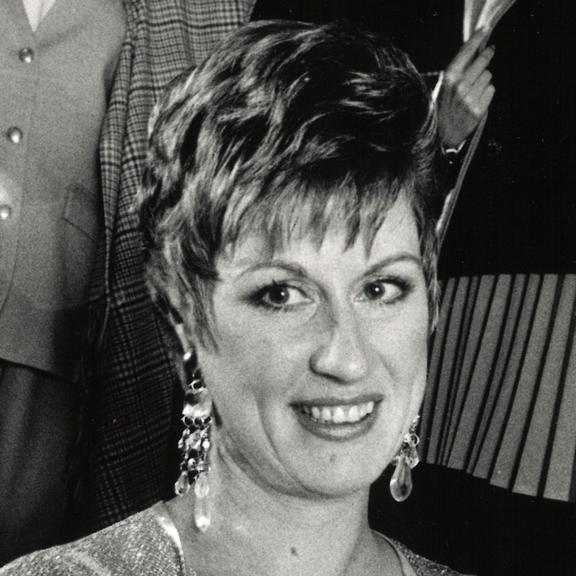Perri Cutten: A Timeless Legacy in Fashion
Remembering Perri Cutten: A trailblazing Australian fashion designer whose timeless elegance and...

 Search...
Search...

Losing a loved one is undoubtedly one of life's most challenging experiences. During this difficult time, one of the important gatherings that can provide comfort and solace is a wake. Organising a wake may seem daunting, but with our step-by-step guide, you can plan a memorable event to celebrate your loved one's life and find support from friends and family.
A wake serves as a poignant gathering where friends and family can come together to remember the person who has passed away. It's an occasion to share stories, offer condolences and find solace in each other's company.
Here's how you can organise a wake with care and thoughtfulness.
Choosing the right venue is the first step in organising a wake. Consider the following factors:
Hosting the wake at the deceased person's home can create an intimate and personal atmosphere. It allows you to control the environment and provides a familiar setting for mourners.
Many funeral homes offer dedicated spaces for wakes and memorial services. These venues are equipped with the necessary facilities and can provide a comforting environment for grieving individuals.
Community halls or local clubs can be excellent options for larger gatherings. They often have ample space, parking facilities and catering options.
When choosing the date and time for the wake, consider the schedules of close family and friends. You want to ensure that as many people as possible can attend and pay their respects. It's also a good idea to check with the venue for availability.
RELATED ARTICLE: Who is responsible for organising a funeral?

To set the right tone for the wake, think about how you can create a meaningful atmosphere.
Consider the below:
Choose decorations that reflect the personality and interests of the deceased. This might include photos, memorabilia and floral arrangements.
Select music that was special to the person or that holds sentimental value for your family. Soft and soothing melodies can help create a peaceful ambiance.
Provide a guest book for attendees to leave messages, memories and condolences. This can become a cherished keepsake for the family.
Food and refreshments are often an integral part of a wake. You can opt for various catering options:
Many funeral homes and venues offer catering services. They can help you arrange a menu that suits your preferences and dietary requirements.
Encourage family and friends to bring dishes they loved or that hold special memories. This communal approach can create a sense of togetherness.
If you prefer not to cook or organise food, consider hosting the wake at a café or restaurant that offers catering services.
During the wake, provide an opportunity for attendees to share memories and stories about the deceased. This can be done through:
Invite close family members and friends to share anecdotes and memories. This can help celebrate the person's life and create a heartfelt atmosphere.
Set up a photo display with pictures of the deceased at different stages of their life. This can spark conversations and trigger fond memories.
A wake is not only a time to remember the deceased but also an occasion to acknowledge the support of friends and family. Express your gratitude to those who have come to offer their condolences and share in your grief.
Grief can be overwhelming, and it's essential to provide comfort to those who attend the wake. Consider offering:
Have information available about grief support groups, counselling services and resources that can help attendees cope with their loss.
Designate a quiet area where individuals can take a moment to collect their thoughts and emotions.

Be present for your guests, offering a listening ear and a shoulder to lean on. Your presence can provide immense comfort.
After the wake, send thank-you notes or messages to those who attended. Express your appreciation for their support and the comfort they provided during this challenging time.
RELATED ARTICLE: Celebration of life vs wake: What is the difference?
Design a memorial tribute video or slideshow featuring photographs, videos and significant moments from the person's life. This visual representation can be a touching way to celebrate their journey.
Incorporate personal touches that reflect the person's hobbies, passions, or achievements. This could include displaying artwork, awards, or items that held special meaning to them.
Take a moment during the wake to reflect on the legacy your loved one has left behind. Share stories that showcase their impact on the lives of those around them. Emphasise the positive influence they had and the ways in which they will continue to inspire others.
Consider ways to preserve the memories and mementos from the wake. Create a memory box where attendees can place written notes, keepsakes, or small tokens in memory of the deceased. This box can serve as a cherished keepsake for the family.
Organising a wake is a significant step in the grieving process. It allows you to celebrate the life of your loved one and find solace in the company of friends and family. While planning a wake may seem overwhelming, remember that it's a collective effort to honour and remember a life well-lived.